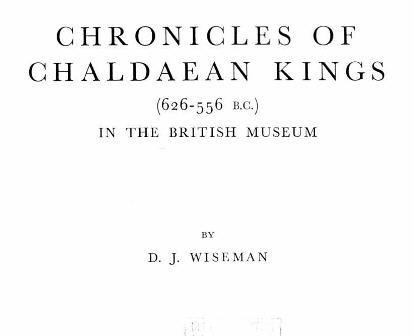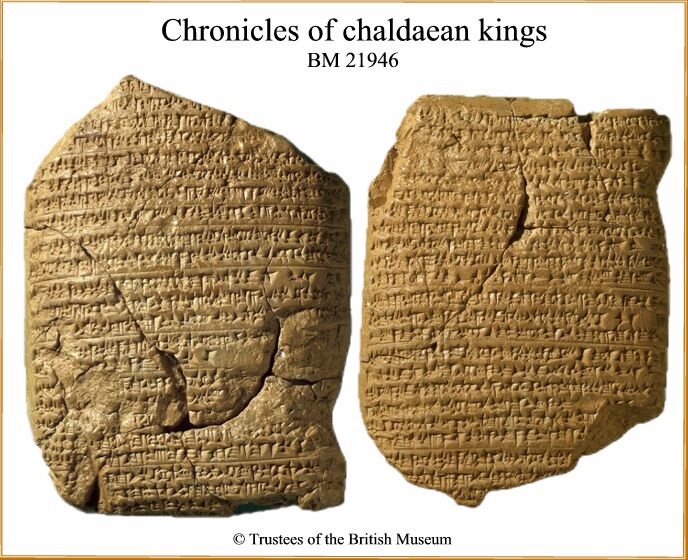

586 BC THAT WAS THE YEAR OF THE FALL OF JERUSALEM
AND THE DESTRUCTION OF THE TEMPLE
The date of the fall of Jerusalem was not known with accuracy up to the year 1956, in which DJ Wiseman deciphered the tablet BM 21946, and it could be calculated that in the year 597. C. Nebuchadnezzar conquered Jerusalem for the first time, and placed Zedekiah on the throne. In support of this we reproduce some passages from the book of Wiseman.
In the book of Jeremiah, ch. 39, ver. 1 and 2, we read: "When Jerusalem was taken, the ninth year of Zedekiah king of Judah, in the tenth month, Nebuchadnezzar king of Babylon came with all his army against Jerusalem, and besieged it. Eleventh year Zedekiah, the fourth month, the ninth day, a breach was made in the city, all the heads of the king of Babylon came ... "
So, if Zedekiah sal'i to the throne in 597 BC and because of his rebellion, Nebuchadnezzar took the city for the second time in the year 11 of his reign, as we read in Jeremiah, we find that subtracting 11 years to 597, that the destruction of Jerusalem and the temple took place in the year 586. C..
With this we understand that actually the prophesied 70 years of desolation of Jerusalem began in the year 586 BC, when the Temple was destroyed by Yahùh, and lasted until 516 BC when it was inaugurated the new temple. Whitley agrees with this in his book Vetus Testamentum vol. IV p. 60 to 62.


Chronicle notes that the battle of Carchemish in the year 605 BC and the capture of Jerusalem in 597 BC (BM 21946)
TABLET BM 21946, LINES 11, 12, 13.

ENGLISH TRANSLATION.

ITALIAN FOR TRANSLATION.
11. In the seventh year, in the month of Kislev, the king of Akad gathered his troops and marched towards the land of Hatti
12. camped and laid siege to the city of Judah and on the second day of the month Adar, took the city and captured the king.
13. He appointed a king of its own election, he received a heavy tribute and sent them to Babylon.
(Part of the tribute consisted of princes, nobles, artisans and slaves.)
